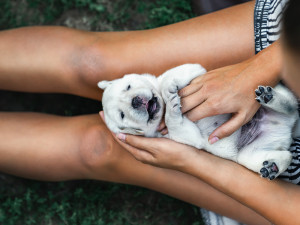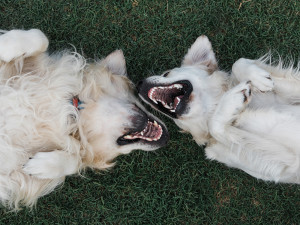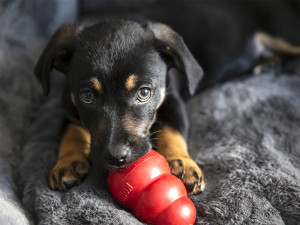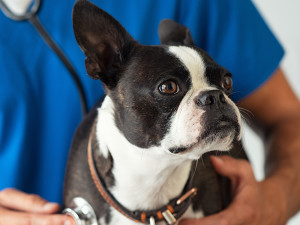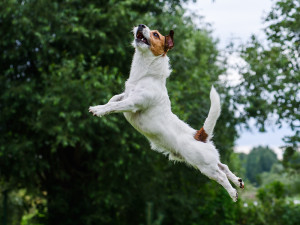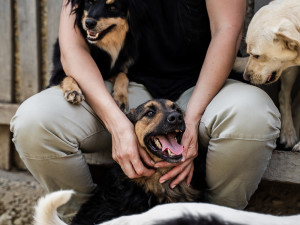11 New Year’s Resolutions For Dog Parents Looking to Level Up
You already do a great job as your pup’s parent — but here are some shiny new goals for keeping them happy and healthy in 2024.
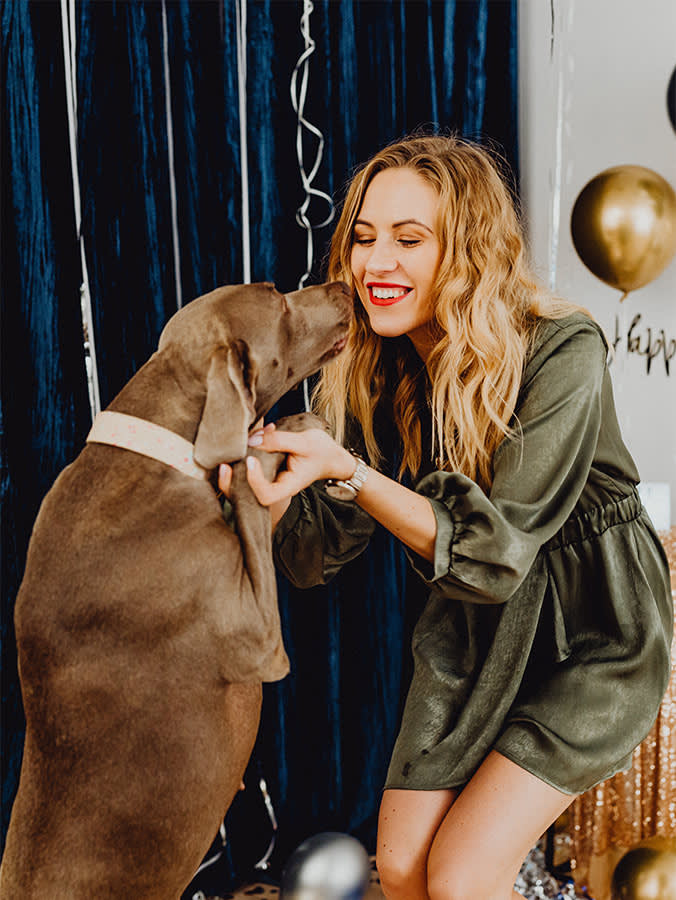
share article

Your pet wants you to read our newsletter. (Then give them a treat.)
It’s that time of year: We’re all making plans to improve our lives with healthier, more joyful habits (or at least encountering targeted social media ads that suggest we should). And why should our dogs be excluded from all the dreaming? It might seem impossible for your perfect pup to get any better, but the new year is a great time to set new goals and reflect on our old ones. Here are a few suggestions for resolutions that can make life even better for you and your dog.
Exercise mind and body
Take your dog for more walks and exercise — after all, it is good for both of you. Teach your dog a new trickopens in a new tab, polish up an old one, or enroll your dog in an activity class — agilityopens in a new tab, flyball, rally-o, or noseworkopens in a new tab. There are lots of options available.
Wellness checkup
Take your dog for a yearly physical examination at your vet. Break down your dog-related tasks and add daily, weekly, and monthly DIY pup “check-ups” to your calendar — clean your pup’s earsopens in a new tab, clip nailsopens in a new tab, trim fur (where needed), brush teethopens in a new tab, comb out fleas, and do some at-home examinationsopens in a new tab.
Keep your pup fit
Put your pet on a weight-reduction programopens in a new tab, especially if they may have overly enjoyed the food from the holiday season. Resolve to prepare more nutritious “homemade” treats for your dog. Adding simple and healthy toppingsopens in a new tab (such as carrotsopens in a new tab and blueberriesopens in a new tab) to your dog’s meals is a great introduction to cooking for your pup.
Check the chip
Shelters are able to identify over 70 percent of pets that enter their doors, as long as they are implanted with a microchipopens in a new tab — and one of the main reasons they can’t ID the others is because of outdated microchip information. So, make sure your pet’s microchip info is current and registered, and that they wear other forms of identification on a collar at all times.
Brush those teeth
It’s important to brush your dog’s teethopens in a new tab regularly because oral bacteria can enter your dog’s bloodstream and cause damage to their heart, liver, kidneys, and lungs. If more help is needed with their teeth or your dog is middle-aged or older, consider scheduling a cleaning.
No fleas, please
Practice effective fleaopens in a new tab and heartwormopens in a new tab control all year long to keep your pet safe from preventable diseases. You can check for fleas while massaging your pup. Not only do they love the attention, but it feels good to them.
Get back to training
Start training again or take your pup to an obedienceopens in a new tab class. Even if your pet isn’t unruly, training keeps you both sharp and engaged. Do short enrichment episodes with your dog throughout the day such as hiding treats or pieces of kibble. Take long walks with your dog, and use that as an occasion to also extend training by calling to them often, rewarding spot-on recalls. Short reinforcement sessions are key.
Tidy up your home
Reassess your homeopens in a new tab, making sure the environment is safe for pets. Cover electrical cords, remove potential toxinsopens in a new tab (such as Gorilla Glue) and plantsopens in a new tab, and know the location and telephone number of your closest emergency hospital.
Buckle up
Buckle up your dog in the car. Dogs should ride in the backseat, away from the dashboard and safe from airbags. Unrestrained pets are dangerous to both you and your passengers; they cause accidents and can cause themselves injury. Use a seatbelt pet harnessopens in a new tab, dog-designed car seat, or travel crateopens in a new tab to keep them safe.
Bonding
Remember that while it is fun to meet friends at a dog parkopens in a new tab, your dog and their activities should always come first. Don’t get so involved in a conversation that you don’t know what your dog is up to or let them feel that you are not paying attention. Put away your phone while out with them, too. Take the time daily to appreciate your pup; they do so much for you and ask little in return.
Make new friends
Think of fosteringopens in a new tab or adopting a shelter or rescue dog — if you are a one-dog family, not only will your dog enjoy the company, but you can both help socialize the shelter dog. Or think of sponsoring a shelter dog; for very little, you can help decrease the costs of spaying/neuteringopens in a new tab, vaccinations, chipping, and more.
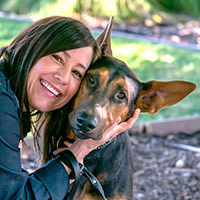
Dr. Shea Cox, DVM, CVPP, CHPV
Dr. Shea Cox is the founder of BluePearl Pet Hospice and is a global leader in animal hospice and palliative care. With a focus on technology, innovation and education, her efforts are changing the end-of-life landscape in veterinary medicine.
Related articles
![Puppy playing with KONG toy]() opens in a new tab
opens in a new tab10 Cult Dog Products All New Pet Parents Need
Technically, you can live without this stuff, but we don’t recommend it.
![French bulldog being examined at the vet via stethoscope]() opens in a new tab
opens in a new tab9 Tips For Saving Money At the Vet
Ways to lower your bill — without compromising your pet’s health.
![Terrier dog jumping and flying high]() opens in a new tab
opens in a new tabMeet 5 New Innovative Pet Startups
Leap Venture Studio is a springboard for these companies designing “flexitarian” pet diets, state-of-the-art health tools, and more.
![A caretaker surrounded by four dogs]() opens in a new tab
opens in a new tabGive Back and Vacation Abroad with Purpose
See the world, indulge in new experiences, and save animal lives.
